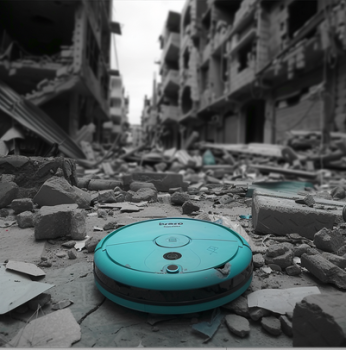Research Practice
The Broken Promise of Automation in Construction and How Feminist Tech Agendas Can Correct Course
Charlotte Malterre-Barthes, Stefana Parascho
Globally, labor in construction remains essentially performed by racialized, underpaid, and, at times, undocumented workers in dangerous site conditions. Construction is also one of the most dangerous fields of activity, with many fatal and non-fatal accidents. Digital technologies, such as robotics, CNC-fabrication, and other automated tools, promised to address these issues, for example, by alleviating human fatigue and body damage and overcoming physical constraints. So far, research has not offered viable solutions, nor has the industry invested sufficient interest in such endeavors. A few exceptions have emerged, such as exoskeleton and wearable robots, single-task machines, or basic machinery tools, which, while designed to optimize production, also relieve body effort. However, these tend to be developed for a homogenous body type. More generally, the entire apparatus around construction—tools, materials, units, is designed by and for average male dimensions. On top of this, digital technology in construction seized the sustainability narrative, promising again to solve the climate crisis through automated processes that would reduce material use. These endeavors have so far been very limited in delivering such outputs and have instead served exclusionary agendas, vanity projects, and confidential formal experiments.
This research inspects the limitations of the current use of robots and other machines in construction and the unexplored potentials they hold for a more just and sustainable future. Deploying the argument that exclusionary protocols in the digital realm of construction have not served the field well and that an eco-feminist agenda that has the care of the living at its core can help to correct course, the research argues that automation and digital tools if extirpated from discriminating logic and profit-oriented goals, can be harnessed toward prioritizing applications of reuse, repair, and maintenance—correcting course toward a repaired planet.
